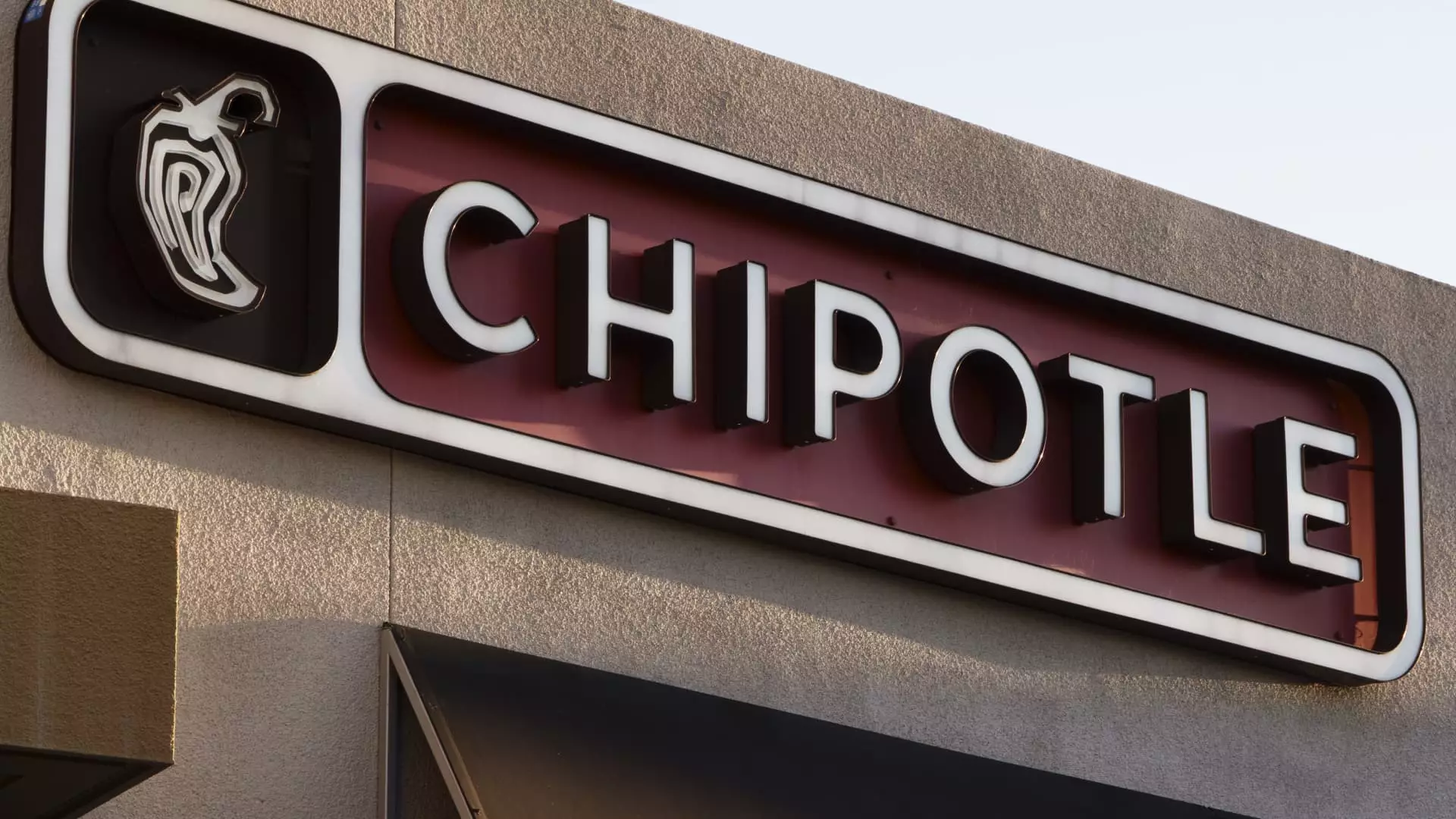As the second quarter unfolds, investors are increasingly eager yet skeptical about the reliability of earnings reports to dictate market moves. While the initial signs are promising—roughly 12% of S&P 500 companies have already reported, with an overwhelming 85% exceeding analysts’ expectations—the fallibility of such data cannot be ignored. Markets often overreact to financial disclosures, fueled by a mix of optimism and irrational exuberance, which can either propel stocks to unsustainable heights or plunge them into precipitous declines. Relying solely on earnings surprises risks ignoring the broader economic context, underlying fundamentals, and the fickle nature of investor sentiment. The recent uptick in positive reports does not guarantee sustainable growth, especially when macroeconomic headwinds, inflation pressures, and geopolitical uncertainties continue to loom. It’s crucial for investors to view these quarterly results as one piece of a complex puzzle, rather than an infallible crystal ball.
Heightened Volatility Awaits Chipotle and Southwest Airlines
Among the most watched stocks this week are Chipotle Mexican Grill and Southwest Airlines, both of which face significant share price swings driven by their upcoming earnings releases. Chipotle, a fast-casual giant that has seen its shares decline nearly 13% this year, is under the microscope for its quarterly performance. Despite recent bullish sentiment from BMO Capital Markets—upgrading the stock to outperform and projecting a nearly 21% upside—the reality remains precarious. The company’s valuation already accounts for high growth expectations, and any deviation from analysts’ forecasts could trigger swift and severe corrections. The optimistic outlook hinges on continued same-store sales growth and margin expansion, but execution risks and market saturation could undermine those projections.
Similarly, Southwest Airlines, a stock that has appreciated by 10% in 2025, faces its own share of uncertainties. Deutsche Bank’s bullish upgrade was based on strategic shifts like a new leadership era and operational improvements, which may or may not materialize into tangible financial gains within the forecast period. Airline stocks are notoriously unpredictable, influenced heavily by external factors such as fuel prices, travel demand, and regulatory changes. Investors betting on a jump of up to 5% post-earnings ignore the inherent volatility of the sector, and a single misstep—be it a missed revenue target or an operational hiccup—could ignite a rapid sell-off.
The Rise of Charter Communications and the Risks of Mergers
Charter Communications stands out as another company set for a sharp move, potentially up to 7%, driven primarily by its strategic merger with Cox Communications. The deal, expected to close by 2026, is hyped as a catalyst for scale efficiencies and improved financial performance. Analysts like Alan Gould see this transaction as a game-changer, transforming Charter into the largest domestic cable operator and promising scale benefits and lower leverage. Such mergers often create an illusion of guaranteed value creation, but the reality can be far messier. Integration challenges, regulatory scrutiny, and potential culture clashes pose real threats to realizing forecasted synergies.
Moreover, Charter’s “Life Unlimited” rebrand exemplifies how companies are increasingly leveraging converged tech offerings to retain and grow customer bases. While early signs are encouraging, investors must remain cautious; such initiatives frequently underperform expectations, and the digital infrastructure required is complex and costly. The excited anticipation surrounding Charter’s stock warrants skepticism—mergers often come with hidden costs and integration risk, and overconfidence in such strategic moves can lead to painful setbacks when reality fails to meet lofty expectations.
Additional Players in the Crosshairs
Other notable names such as Danaher, International Business Machines (IBM), and GE Vernova are also on the radar. These companies, representing different sectors, reflect broader themes of innovation, transformation, and the ongoing shift toward sustainability and digitalization. However, their prospects are equally uncertain. For instance, IBM’s turnaround strategy and focus on hybrid cloud and AI face stiff competition and execution risks. Similarly, GE Vernova’s focus on energy transition technologies might hinge on regulatory support and market acceptance.
In a political economy often marked by mixed signals—celebrating innovation yet wary of government overreach—these corporations embody the contradictions of a market caught between progress and risk. Navigating earnings season requires not just reading financial statements but understanding the broader policy and economic environment that shape these companies’ futures.
In sum, the coming week will test investor patience and judgment amid volatile headlines and trembling stocks. While some companies may capitalize on strategic moves, others may fall prey to overhyped narratives or unforeseen challenges. Ultimately, a discerning investor must peer beyond the surface, questioning the narrative and preparing for a potential backlash when market realities clash with optimistic forecasts.


Leave a Reply